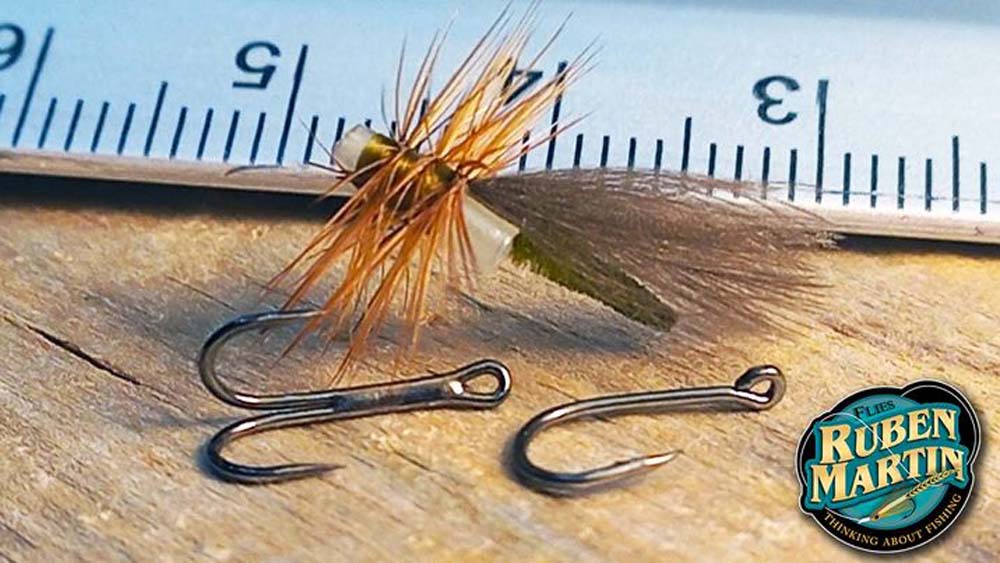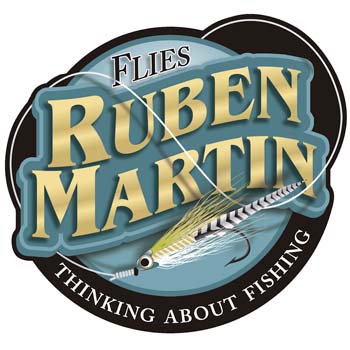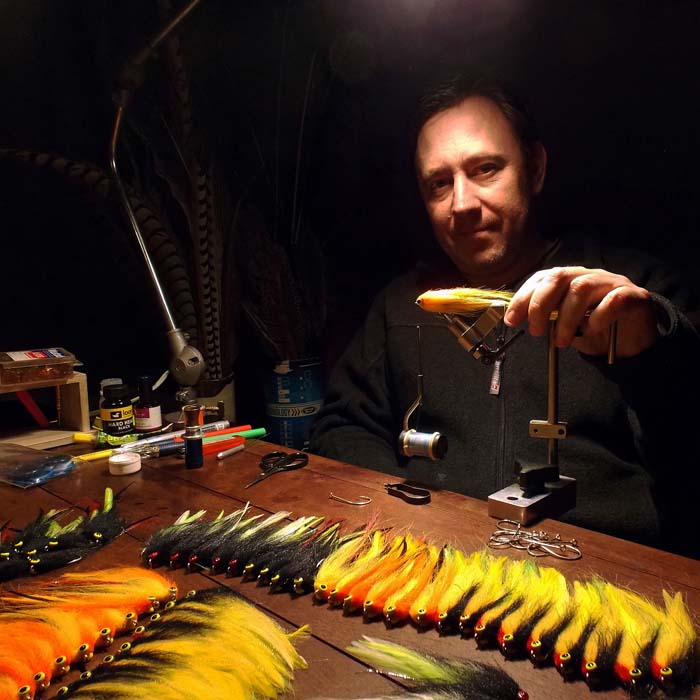
Fly Tyer Hans Weilenmann – Ruben Martin dry fly CDC Caddis. Photo by Leandro Longobardi.
By Skip Clement with Leandro Longobardi
CDC (cul de canard) feathers come from the preen gland of ducks. The feathers look like mini-marabou feathers with unconnected fibers that radiate from tapered center stems. Soft yet strong, CDC feathers float remarkably well; flies tied with CDC are light and delicate on the water, and the fibers seem to pulse with the slightest breeze or motion of current. The CDC feathers have been used as far back as the 1920s beginning in Switzerland used tying dry flies making it unnecessary for anglers to add floatant. CDC feathers are found in many familiar flies: Royal Wulff, Drake, Caddis and Stoneflies, Adams,Terrestrials (Beetle and Ant), and as Parachute and dubbing material. The Europeans embraced CDC andHans Weilenmann is widely credited with universally exposing the use of CDC in various flies beginning in the 1970s with most being familiar with his Caddis version as tied in my video. Today, here in Argentina and the States, tying the CDC is somewhat limited by the difficulty of finding specific materials called out in Hans’ original recipe. He was always a stickler for not-so-readily available materials for many of his patterns. Still, the fly is so successful worldwide that we can find what is necessary with patience and ingenuity, including hooks in this fly, the backbone of why these small, classic tube flies are so successful.’— Ruben Martin
Fly Tyer Hans Weilenmann began tying flies in 1972
Weilenmann was born in Winterthur, Switzerland in 1954 and moved at an early age to the Netherlands. He began trying out many techniques and styles. The number of flyboxes in his vest steadily grew. As a result the weight of his vest acquired semi-legendary status among his friends and became a source of concern for many of the major airlines. One story goes that a fellow angler short of flies removed half of Hans’ flies surreptitiously and Hans was none the wiser. Only after years of guilt was this revealed to Hans who expressed surprize at this undetected loss. After those frantic early no-holds-barred years he decided to focus his tying skills and concentrate on producing flies that catch fish under a wide range of conditions and were uncomplicated yet elegant.
His tying is based on a few simple rules which his fishing flies have to meet:
‘I tie flies to catch fish, not fishermen.’
- Quick and easy to tie. (No point in spending half an hour making a trout fly, only to loose it in seconds to a branch or rock).
- To use only (good quality) materials which are inexpensive and easily obtained. (Patterns which specify the use of whiskers of a muskrat simply don’t cut it).
- Balanced, well proportioned appearance. (Behave well during casting and drift).
- Suggest something of sufficient protein content to interest a fish. The key word here is suggest’. (The fish has to take the fly before you can hook it).
- Durable. (Flies put together should stay together).
- If a dry fly, it should float well. If a wet, nymph or streamer, it should cut through the surface film cleanly. (Make sure the design and choice of materials is suited to the task).
 Hans Weilenmann places his tying firmly in the impressionistic corner
Hans Weilenmann places his tying firmly in the impressionistic corner
Tyer Hans Weilenmann wonders how tiers who tie super-realistic patterns imitating naturals as closely as they possibly can, manage to reason away this strange bit of curved metal protruding from the back of their creations. His flies utilize almost exclusively natural materials, as he prefers the variegated colors and structures found in nature over the mostly uniform color and structure of synthetics. There are very few insects of a solid color, so why not copy this mix of colors in your imitations. This does not mean that synthetics are never used, because they may have other properties which are desirable, but natural materials are the bread and butter in his tying. The natural materials are used both “as is” and dyed.
Hans is particularly fond of the beautiful olive color which is the result of using picric acid as the dye. Olive dyed partridge, pine squirrel, hare, rabbit and mole are used extensively.
Source:
L. Grandison and reprinted with permission.


